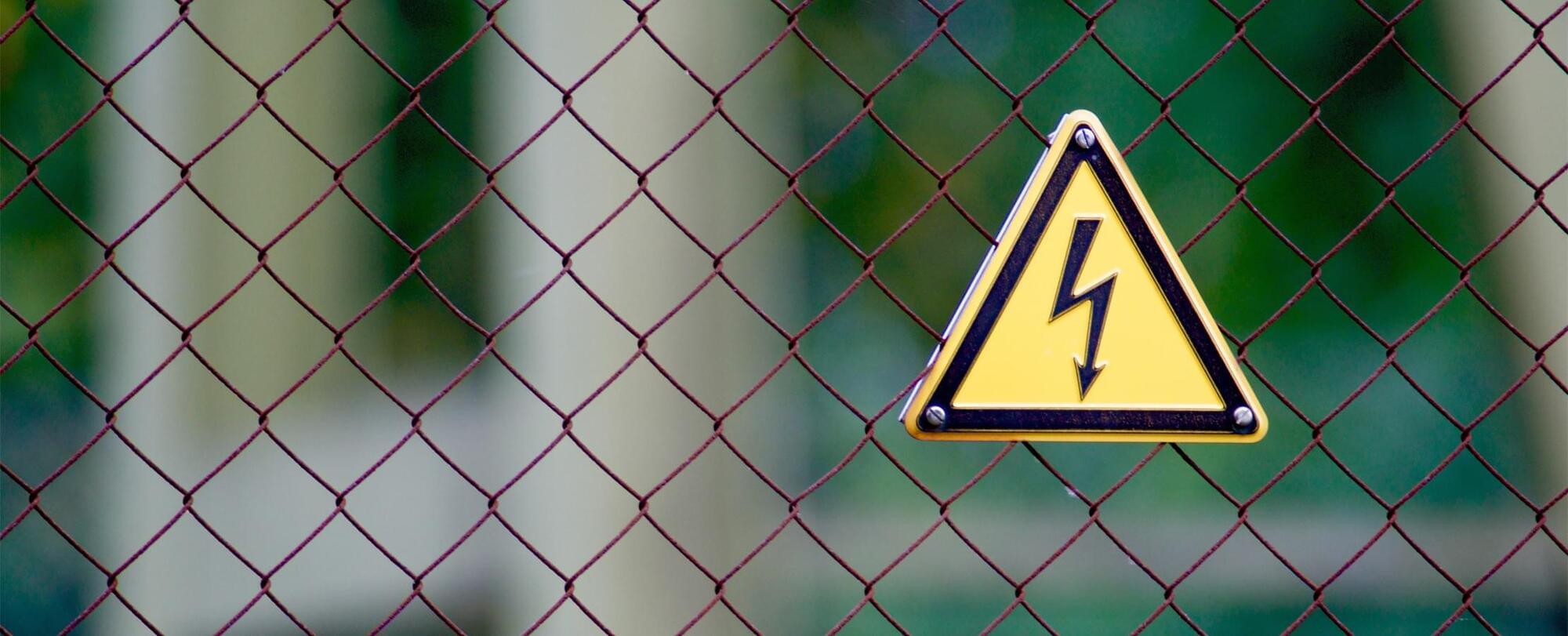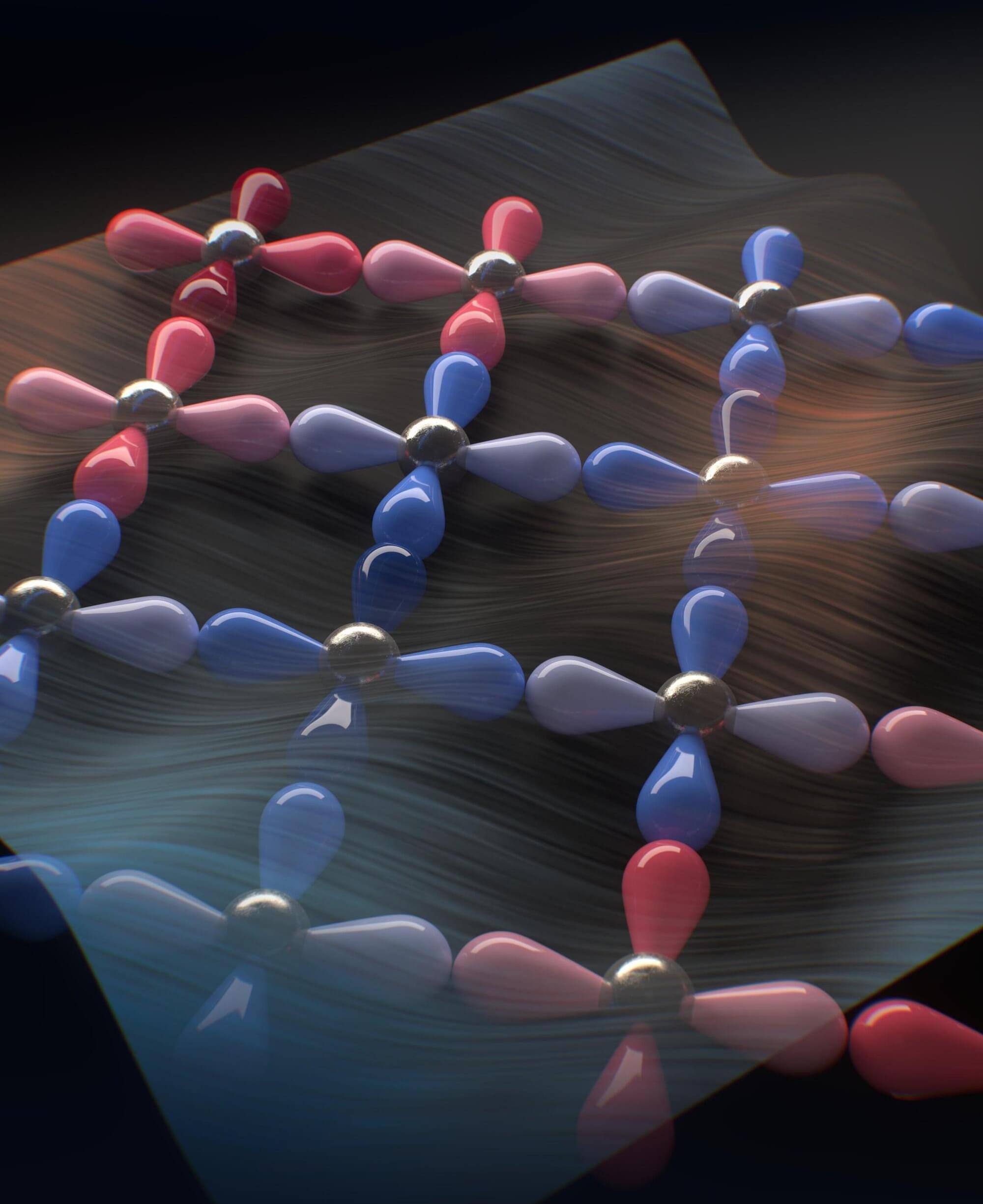Despite being one of the most familiar substances on Earth, water holds many secrets that scientists are still working to understand. When confined to extremely small spaces—such as within certain proteins, minerals, or artificial nanomaterials—water behaves in ways that are drastically different from its bulk liquid form.
These confinement effects are critical for many natural and technological processes, including regulating the flow of ions through cell membranes and the properties of nanofluidic systems.
One intriguing yet poorly understood state of confined water is called the “premelting state.” In this unique phase, water behaves as if it were on the cusp of freezing and melting at the same time, thus defying simple liquid or solid classifications. However, it has proven difficult to study the premelting state and other confined water dynamics in detail.






